Following weeks of deliberation, we’re excited to reveal the winners of the 10th Mangrove Photography Awards, hosted by Mangrove Action Project.
Today, less than half the world’s original mangrove forest cover remains, and it has never been more important to promote the conservation of these fragile ecosystems. The Mangrove Photography Awards is a vital platform for creatives to captivate our imagination and spark action.
Every year, we’re inspired by the incredible submissions, which help raise awareness of the people and wildlife that rely on mangrove forests, the threats they face, and why urgent action is needed to protect them.
This year’s awards saw a record-breaking 2,500 entries from 74 nations, showcasing the beauty and global significance of mangrove ecosystems around the world.
In the end, it was India’s Supratim Bhattacharjee who captured the judge’s attention with his powerful photo of a young girl in the aftermath of a devastating storm.
In addition, winners have been selected in 6 categories – People, Landscape, Underwater, Threats, Wildlife, and Stories (a portfolio category) – while photographers under the age of 24 competed to become the Young Mangrove Photographer of the Year.
The photos are a compelling reminder of the importance of mangroves for the diversity of life across our coastlines as photographers captured unique relationships and moments from mangrove ecosystems both above and below the water line. They’re also a stark reminder of our need to protect these unique and precious ecosystems.
Selecting our finalists was no mean feat, even for our international panel of judges. This year conservation photographer Dhritiman Mukherjee, wildlife photojournalist Morgan Heim, and photojournalist Christian Ziegler made up our expert jury.
“Stories are how we come to understand, remember and learn from the world,” says Morgan. “And conservation as a story, is a complicated one. Photography has the ability to help us receive and feel close to those stories no matter our language. Every time I look at this kind of photography, I think, there's still hope.”
“I was particularly drawn to the Wildlife and Portfolio selections. There were many fascinating stories about life in the mangroves, ranging from scientific insights to restoration of the ecosystem and the difficult conditions people face.” Christian said.
Scroll down to view the winners, runners-up and highly commended in each category.

Supratim Bhattacharjee witnesses a girl, standing before her tea shop, which is completely ruined by sea water in Frazerganj, Sundarbans.
“After Cyclone Aila struck the Sundarbans in 2009, it became clear that frequent cyclonic events will turn the residents of the Sundarbans into climate refugees. Between May 2019 and May 2021, the Sundarbans faced four cyclones – Fani, Bulbul, Amphan, and Yaas – each devastating enough to justify the fear of mass displacement.”
“An image that raises a thousand questions, whilst connecting you to the girl’s heart. Her vulnerability exposes the full impact of climate change and sea level rise experienced by many coastal communities”, says judge Dhritiman.
Nestled in the Bay of Bengal, the Sundarbans is the largest mangrove forest in the world – and one of the most vulnerable. Once lauded as nature's custodians, these mangroves now endure relentless threats driven by human development and the climate crisis.
Rampant deforestation has compromised its role in climate regulation, exacerbating soil erosion and leaving vast stretches vulnerable to encroaching waters, particularly during cyclonic disturbances.
.webp)
Johannes Panji Christo watches as a local Balinese man is covered in mud during a bathing tradition, locally known as Mebuug Buugan.
“Men, women and children, wearing sarongs and traditional headgear, collect mud from a mangrove forest in Kedonganan village, just outside the town of Denpasar, and cover themselves as part of a purification ritual.”
Mebuug Buugan was recently revived after a 60-year hiatus. Hosted the day after the annual “Day of Silence Festival”, in which people stay home and self-reflect, the ritual sees people pray for gratitude and earth’s fertility.
Upamanyu Chakraborty captures a Northern River terrapin (Batagur baska) before release as part of a conservation breeding program and rewilding in the Sundarbans.
“After a possible local extinction from the mangroves of Odisa, the estuaries of the Sundarbans are now the last resort of this brackish water-dwelling four-toed terrapin, thanks to relentless poaching for meat and harvesting eggs.”
“However, a conservation breeding program was started in 2012 with a very small existing founder population from a village pond. Presently, this comprehensive program has reached a milestone. With blessings from 'Bonbibi', a deity worshipped by both Hindus and Muslims, who protect them from 'Dakshinray', the incarnation of Bengal Tigers, a successful rewilding program into the natural habitat of some sub-adult individuals with 'Satellite tags' was done in January 2022, along with a robust post-release monitoring program.”
“By collecting the inputs from this pilot reintroduction, the hope is to bring back a viable population in the natural habitat of the Sundarbans.”



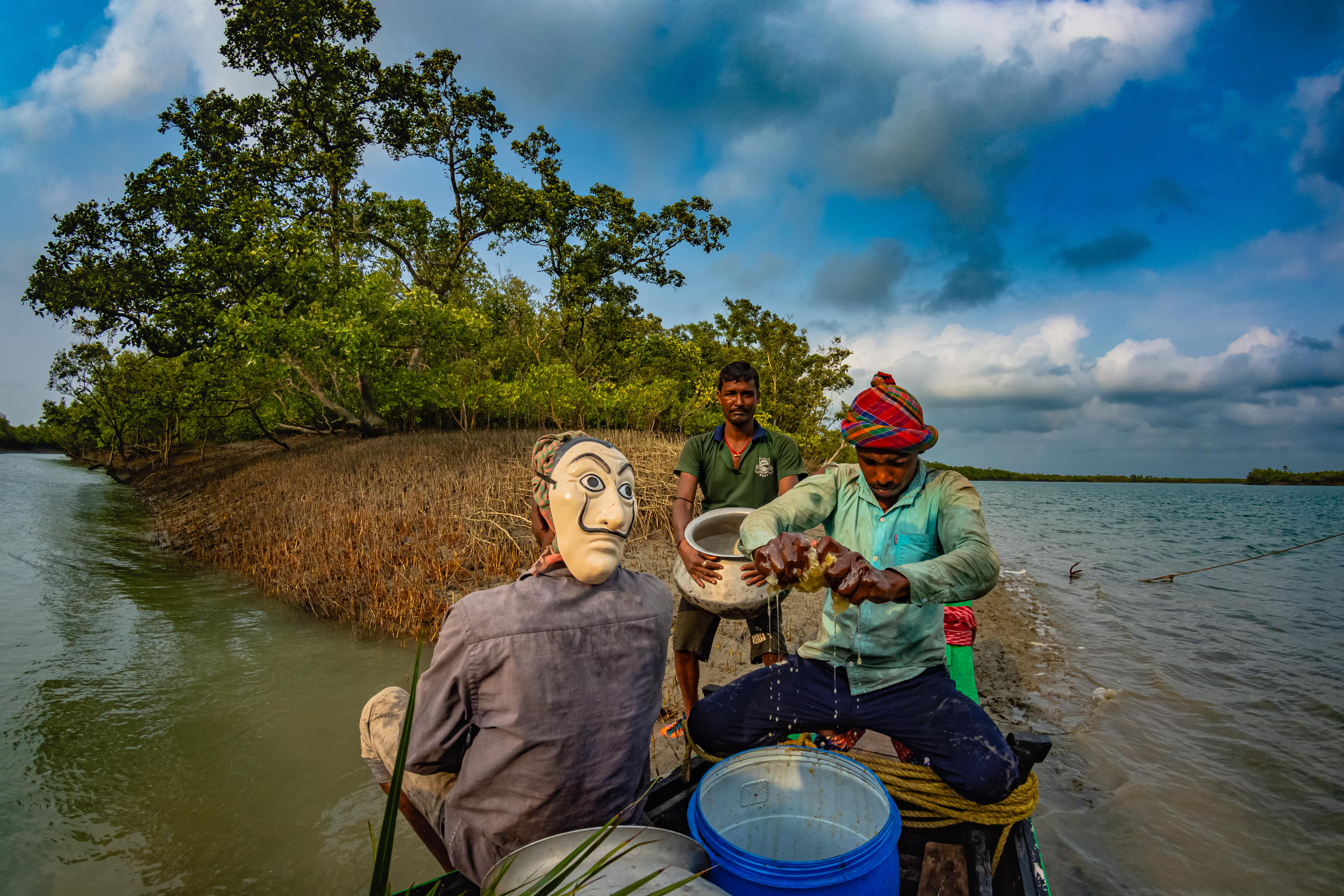

In nature's embrace, a sinuous water channel meanders gracefully, flanked by a verdant gallery of mangrove trees lining its edges.
“This tranquil scene invites contemplation as the gentle flow of water navigates its course through the heart of the mangrove forest.”
“The intertwining roots of the trees form intricate patterns, creating a natural tapestry that harmonises with the fluidity of the water. In this tranquil oasis, the photograph captures the timeless beauty and serenity of a landscape shaped by the delicate dance of water and mangroves.”
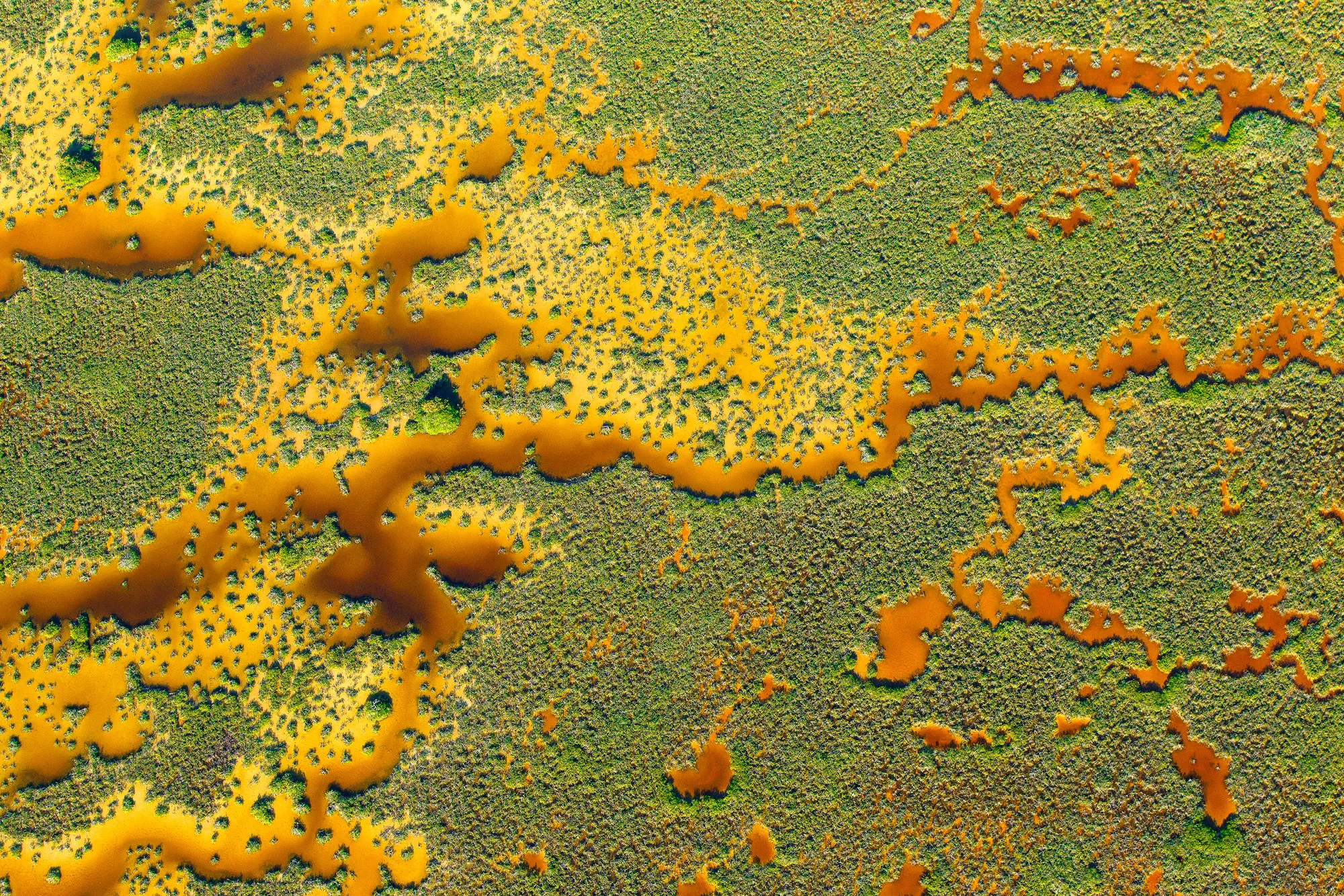
Santiago Gibert Isern captures the unique patterns of the Sian Ka'an Biosphere Reserve in Quintana Roo in Mexico’s Yucatan Peninsula.
During a series of flights to document the reserve’s conservation status at the beginning of the rainy season, the conservation photographer and storyteller noticed the intense colours below.
“I asked the pilot if we could make some circles over the lagoon to capture one of the most characteristic processes of the mangroves, the decomposition of the dead leaves that dye the water with their tannins and at the same time nourish such an important ecosystem. The result was an artistic impression where two powerful colours are combined: green and orange — the first one represents life in all its splendour and the second one the regeneration of life.”
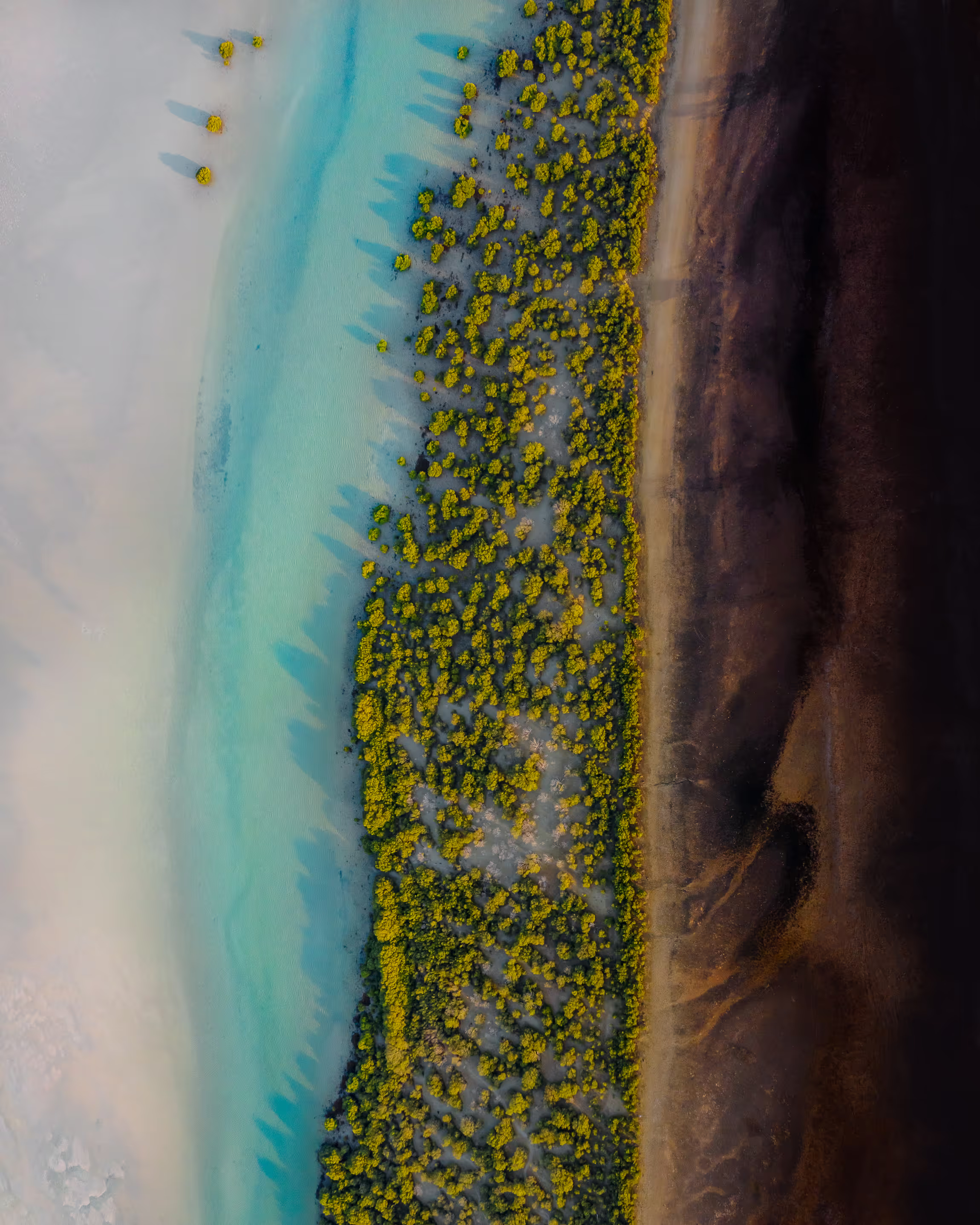
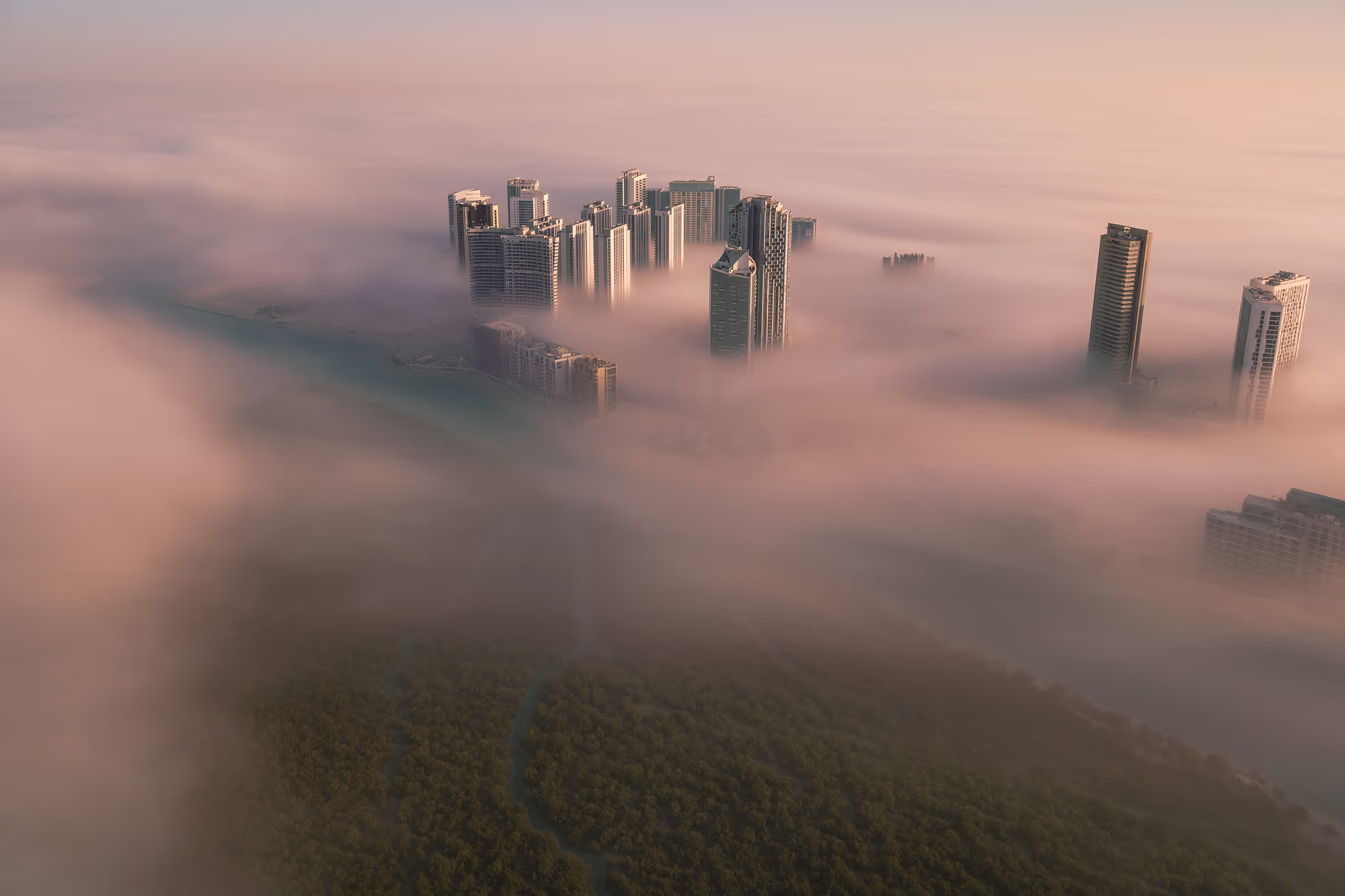



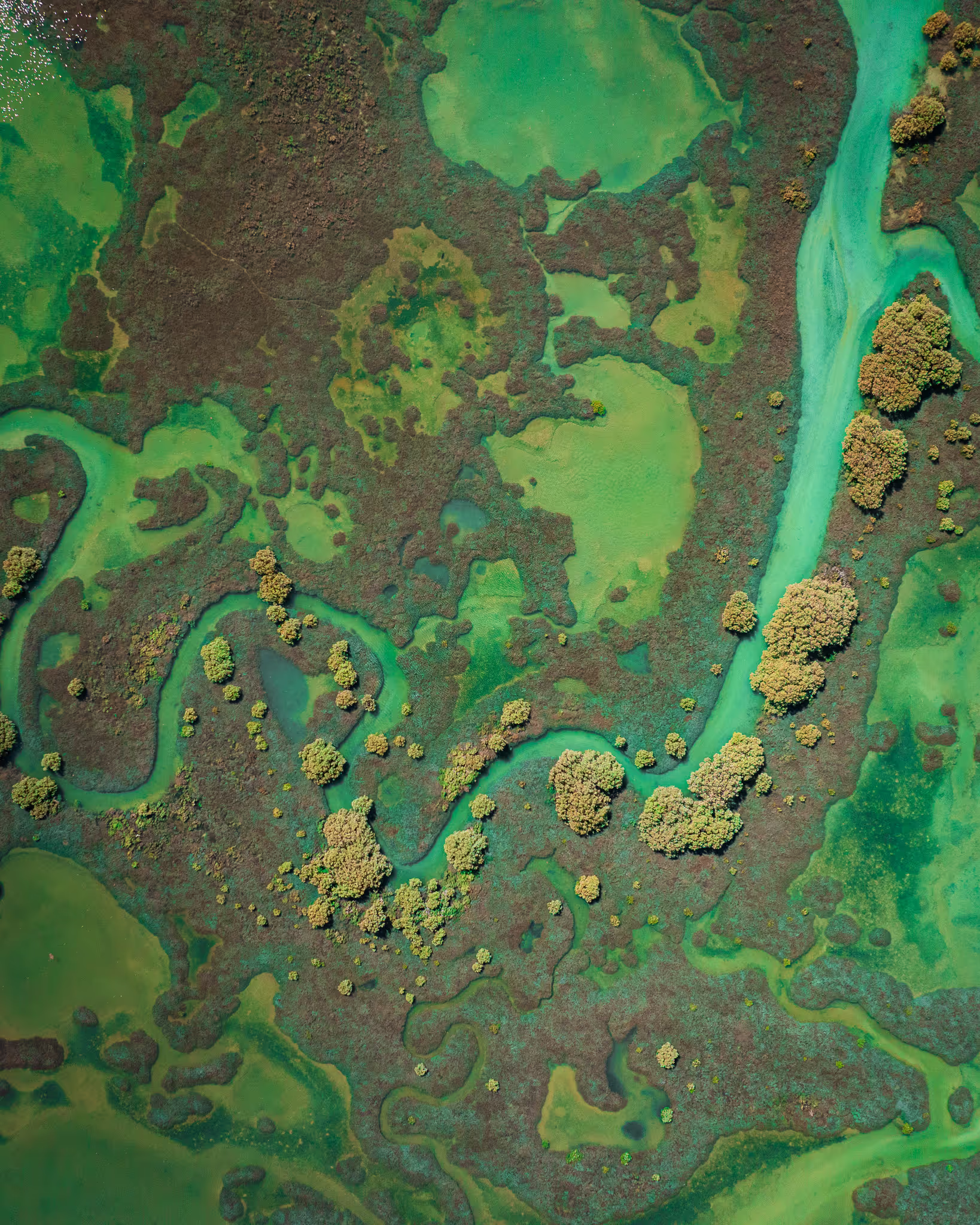

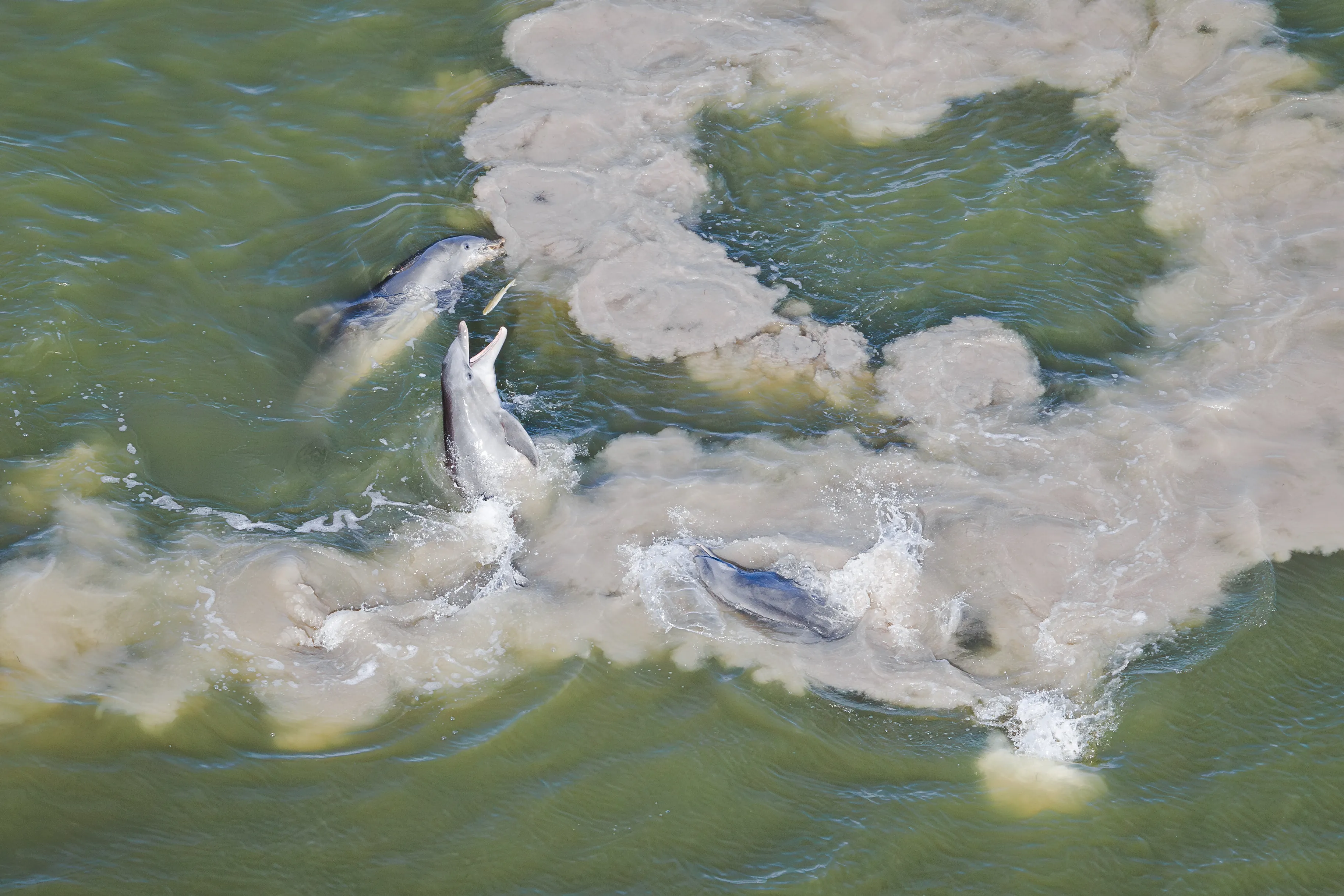
Restoration scientist and photographer Mark Cook witnesses a bottlenose dolphin grabbing a mullet from the air during ‘mud-ring feeding’.
“Mud-ring feeding is a rare and unique fishing behaviour employed by bottlenose dolphins living solely in the shallows of the mangrove-lined bays of Florida Bay and just a few other locations in the Caribbean.”
“On finding a school of mullet, a single dolphin from the pod encircles the fish kicking up the sediments with its tail, which effectively corrals the fish into an ever tightening spiral-shaped silty plume. The fish don’t like to be trapped or swim through the sediments, so they typically try to jump out of the water and over the “net” to freedom.”
“Unfortunately for the fish, the dolphins have a remarkable capacity to know where the fish are going to jump and will snatch them from the air as they try to make their escape. The ability to strategize and coordinate such a hunt, as well as the ability to share equally, is a testament to the incredible intelligence of these animals.”

“Jayanta transports us into a dreamlike painting with the mudskipper, among the tall colourful grasses”, says judge Chrstian Zielger.
Mudskippers are actually a species of fish found in mangroves and mudflats. Spending most of their time out of the water, they’re adapted to remain on land even after the tide has gone out. They mostly breathe by holding water in their mouth and gill chamber, though staying damp also allows them to breathe through their skin.
Their large eyes make them excellent predators while their pectoral fins act as legs, allowing them to crawl over mud and trees along the mangrove floor.






Dipayan Bose frames a villager standing inside his half-submerged home during a flood.
Due to repeated tropical cyclones and sea level rise in the Bay of Bengal, river embankments have become broken by high tides in coastal villages across the Sundarbans, West Bengal. As a result, homes and farms have flooded, fisheries have become destroyed by seawater, and people have been forced to migrate, victims of climate change.
“You feel like you're right there in it when you look at this photo. There is no escaping for this man from these conditions in this moment. He is figuring out how to persist. Every piece of this image is so deliberately composed to enhance those feelings. It represents a true moment of empathy by the photographer”, says judge Morgan Heim.
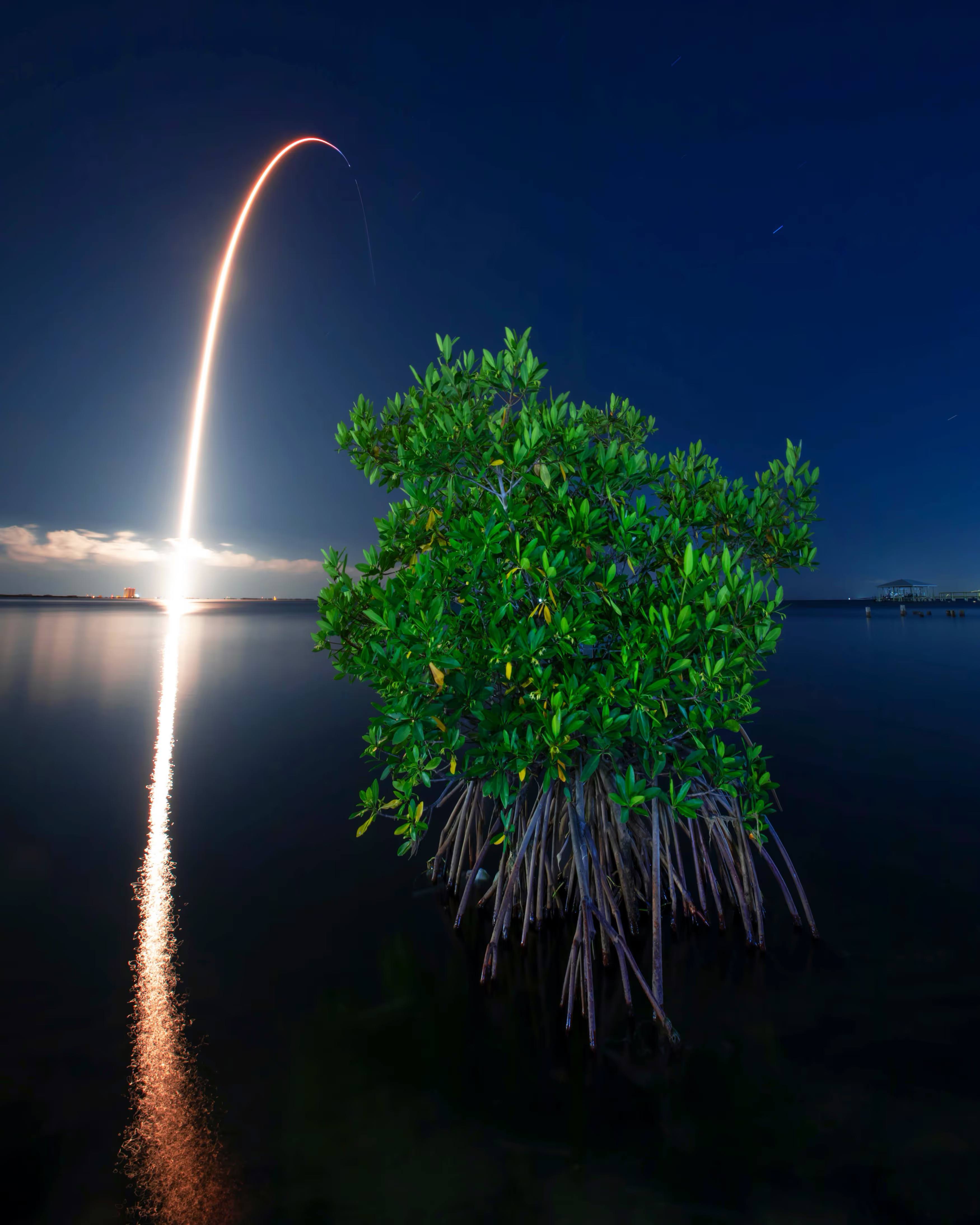
Jeff Thamert records a rocket launch above Florida’s mangroves.
“This was shot near the SpaceX launch facility where launches are happening far too often, which has already had some negative effects on The Indian River Lagoon and sanctuary. We have seen the decline of water quality and sea grasses, which has affected sea life, plants, and animals.”
“The image is beautiful and ominous at the same time. Ecosystems are being destroyed by what has become a largely privatised space industry, but so far there's been very little coverage of the price.” says judge Morgan Heim.

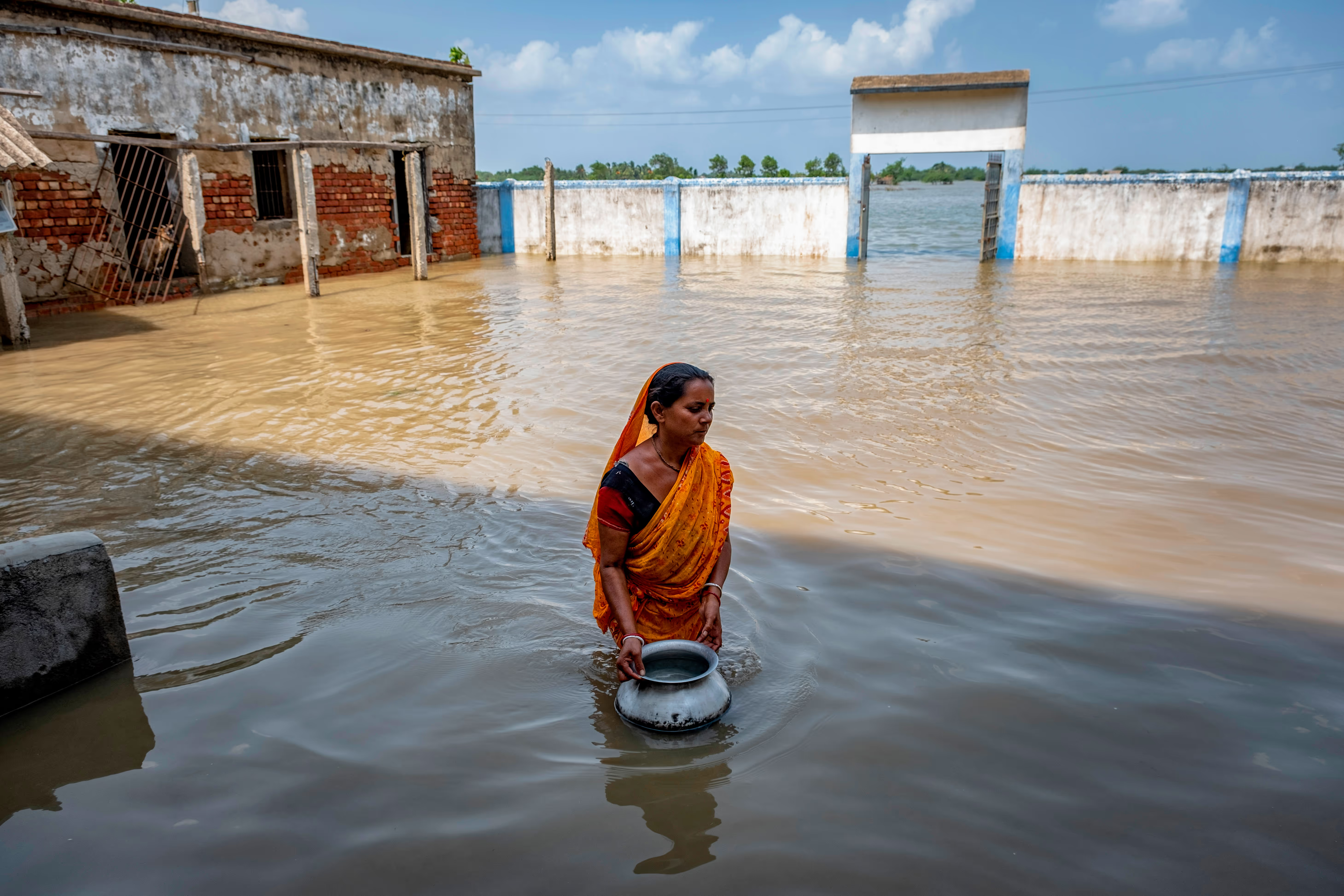

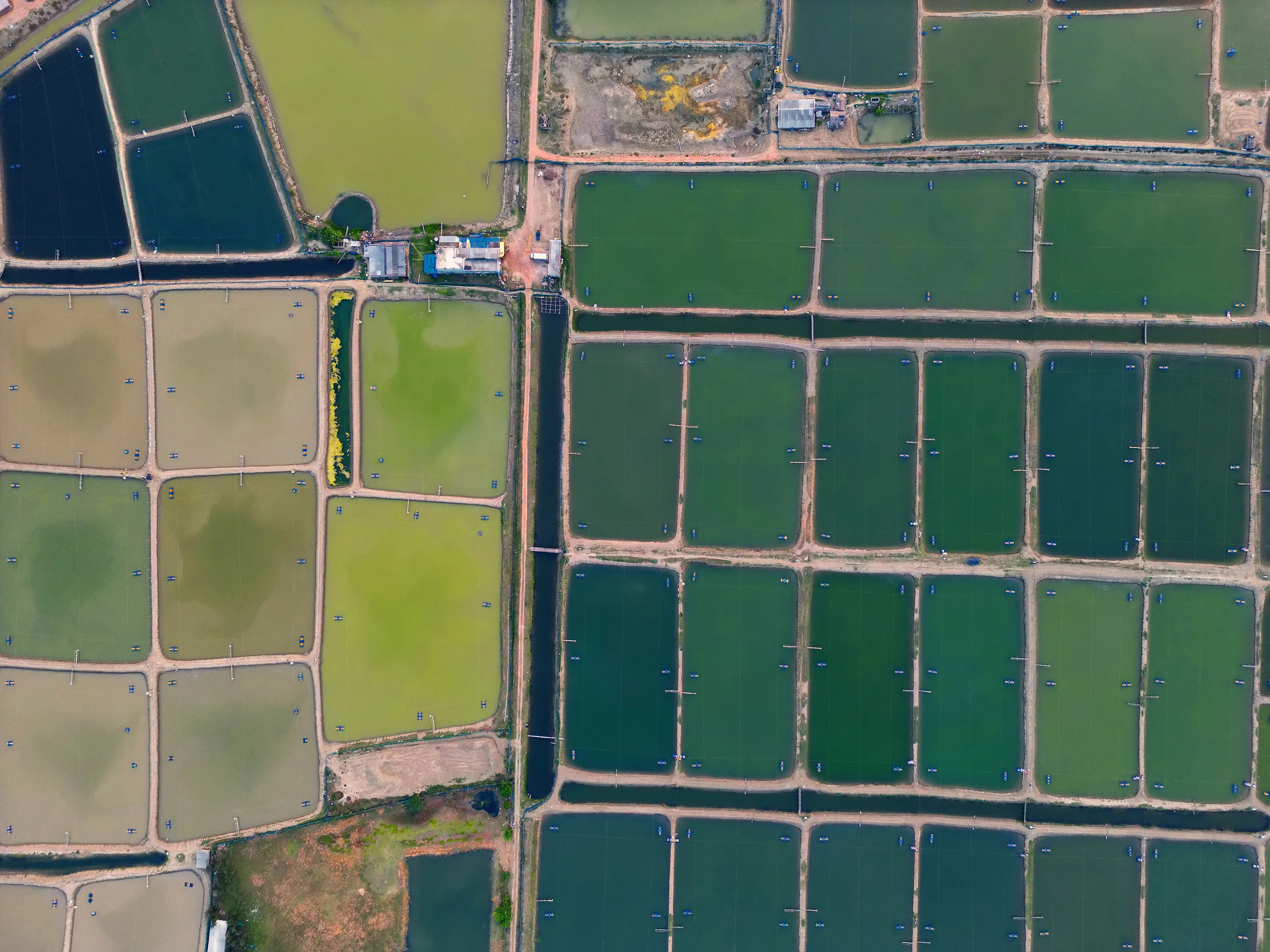
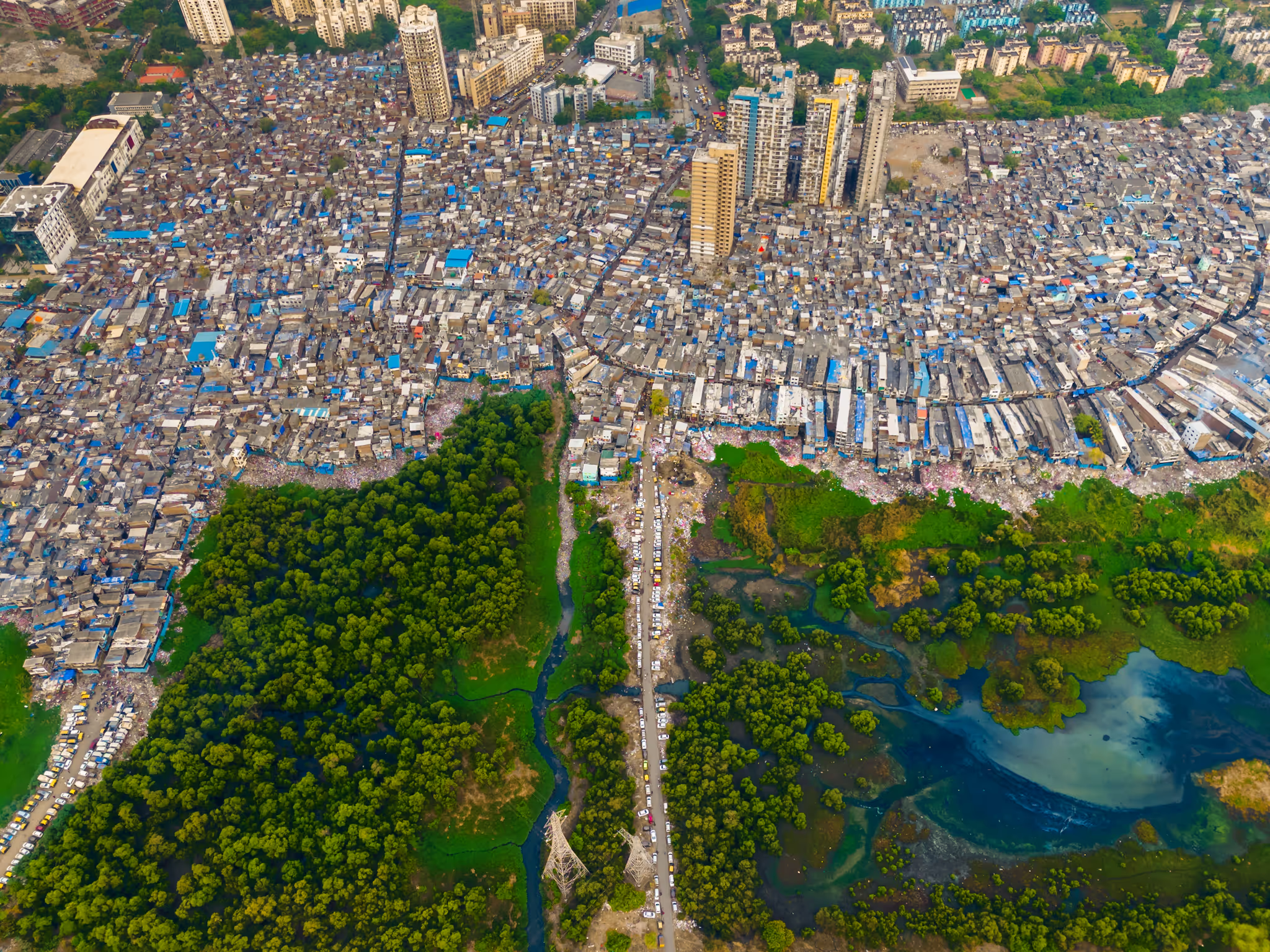

Olivier Clement offers a glimpse into the intricate world of mangrove roots in the Bahamas. Judge Christian Zielger enjoyed the use of the mangrove roots as a captivating ‘frame’. “It evokes a sense of calm and peace”, he says.
“A turtle gracefully navigates the mangroves’ labyrinthine roots at high tide, seeking refuge for the night. At high tide, the water rises, engulfing the roots and transforming this space into a haven for marine life seeking shelter and safety.”
“The turtle's journey is a poignant reminder of the vital role these ecosystems play in sustaining marine biodiversity. As the day fades into dusk, the turtle's search for a safe resting place reflects the delicate balance of life within the mangroves, highlighting the urgent need for conservation to ensure the survival of these invaluable habitats for generations to come.”

Nick Conzone captures the moment a Diamondback terrapin emerges from its underground burrow in the Gulf Coast of Florida's mangrove islands.
“The diamondback terrapin is a keystone species, crucial for defending mangroves from snails, crabs, clams, and small fish. By keeping these populations in check, these turtles prevent overgrazing that could damage the mangroves and disrupt the ecosystem.”
“They are well-adapted to their habitat, navigating underwater root systems with agility. Their webbed feet and strong beaks enable them to hunt effectively, ensuring the health of the mangrove forests by maintaining balanced prey populations.”
“In the black mangrove islands, terrapins make their homes in shallow burrows dug into the soft mud. These burrows provide protection and a vantage point for watching their surroundings. Without mangroves, terrapins would be forced to live closer to shore, facing greater risks from human interaction, pollution, and habitat destruction.”
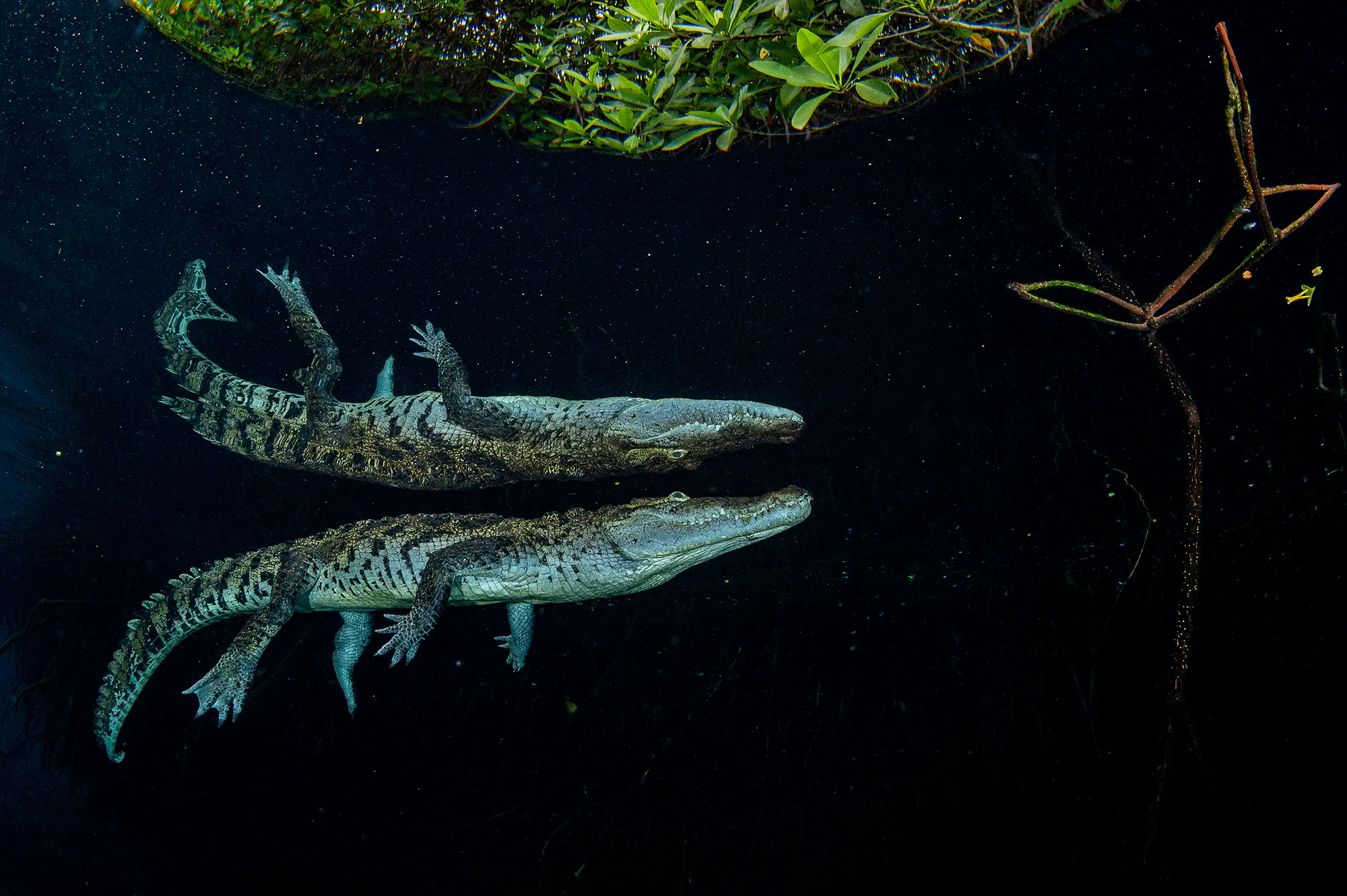




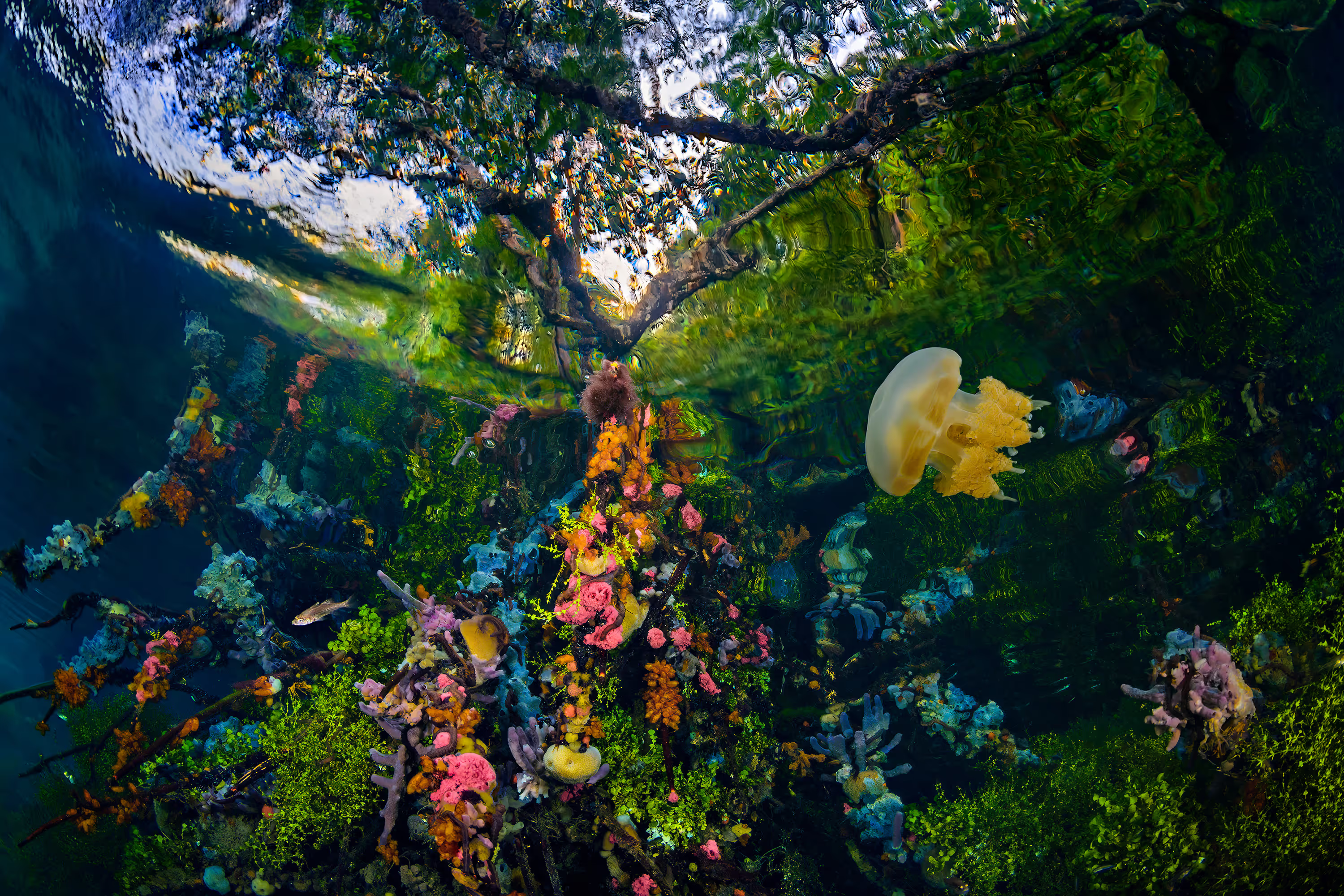
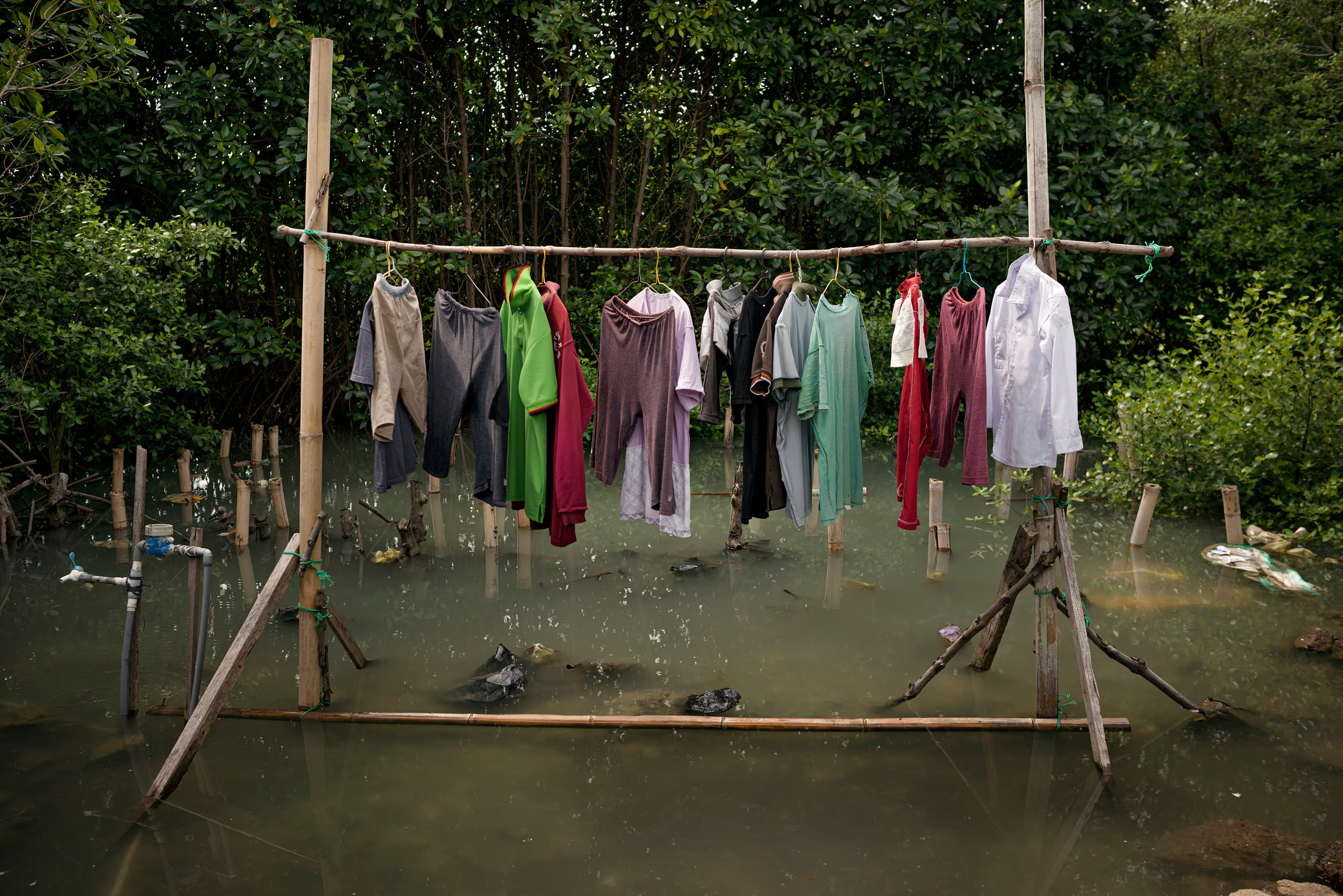
Giacomo d’Orlando portrays life in one of the most vulnerable places to climate change.
“In Demak Regency, a combination of human induced activities and the increasing pressure brought by climate change are threatening coastal communities. The coastline has been severely eroded, and mangroves that once protected the coast have been cut down and replaced by aquaculture ponds. As a result, the sea is literally swallowing people’s homes.”
“Despite the difficult living conditions, most of Demak's residents don't want to move because their income potential is tied to their location near the sea. Over time, though, they have realised that the only solution is to restore the ecosystem by replanting the mangroves that had been cut down.”
“A government policy based on mangrove transplantation, together with a reduction in groundwater extraction, could be the only way to ensure a future for the local coastal communities.”


Raj Hassanaly records restoration efforts by Anosikabija, a rural commune in Majunga, Madagascar.
“Bôndy, a private company working in ecosystem restoration, collaborates hand in hand with local communities to restore mangroves.”
“The local communities realise that with the cutting of mangrove trees, it is becoming increasingly difficult to fish, catch crabs, or simply protect themselves from climate change and increasingly violent cyclones in these regions. Together, always with a smile and in good spirits, they traverse the mangroves to revive vast stretches of isolated land.”

An in-camera multiple exposure image of elements of the mangrove captured in the dark.
“Equipped only with my macro lens, I wanted to capture more than just this young saltwater crocodile when I encountered it at low tide in the mangroves.”
“I used the multiple exposure mode in my camera to superimpose layers onto my image of the croc's eye to capture more of the scene without sacrificing detail of the eye.”
“Captured at night, the image gives off a slightly unsettling feeling, such as what one may experience in a mangrove, unknowing of what predators may be lurking nearby, hidden by the dense network of the mangrove.”

Teja Yantrappalli highlights the vast degradation of mangrove forests in India.
“Each plot, a canvas for cultivation, advised a tale of the symbiosis of soil and water. The land, now occupied by fishing ponds, was once covered with thriving mangroves. If this trend persists, the remaining mangroves in the area may soon vanish.”